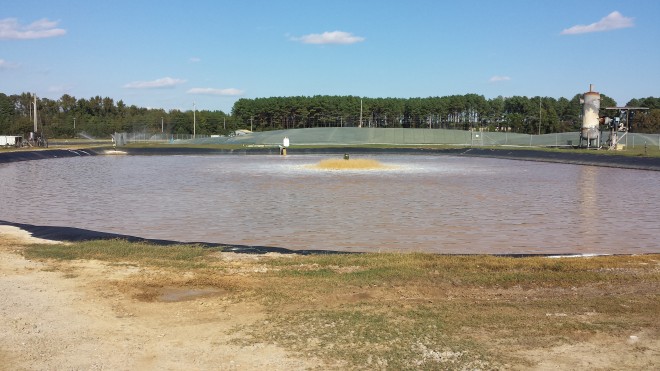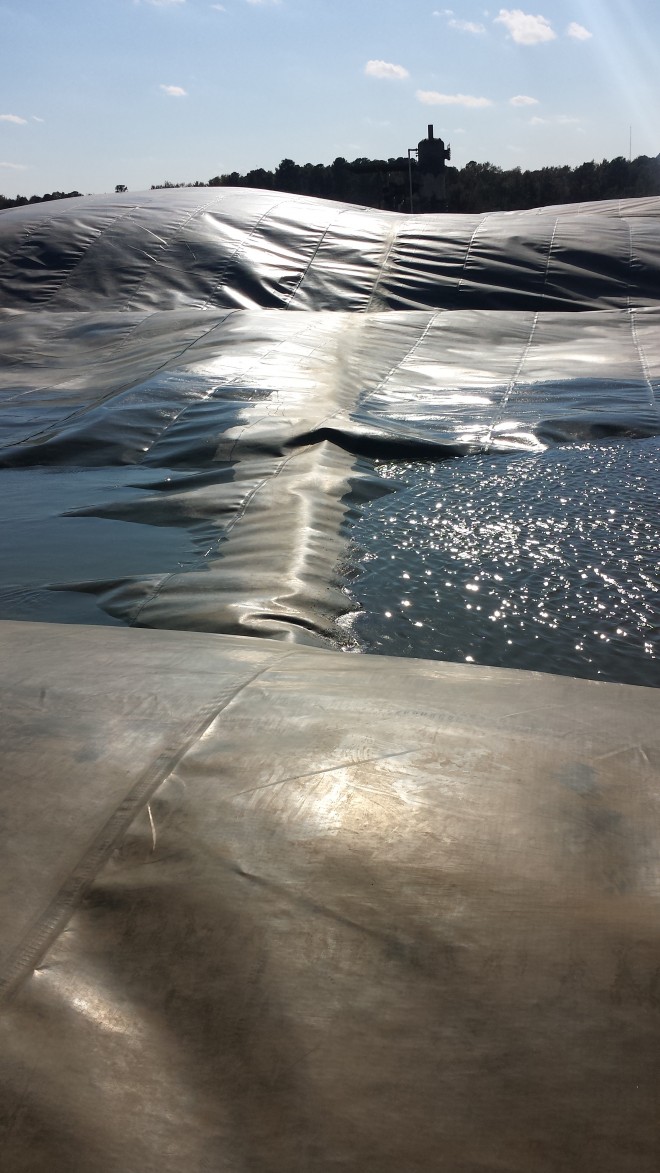ORGANIC WASTE CONVERSION SYSTEM FUELS OPERATIONS AND ENVIRONMENTAL IMPROVEMENT
Bruce Foods Corporation, founded in New Iberia, Louisiana, in 1928, is one of America’s largest privately-owned food manufacturers with more than and two processing plants in the U.S. Their products are distributed throughout the U.S. and in more than 100 countries. In 2003, Bruce Foods hired Cavanaugh to provide a wastewater treatment system facility assessment and recommendations for improvements to the management of the organic wastes generated through their food processing operations. This facility assessment became the foundation for a feasibility study relative to their organics waste management program, and a twelve-year relationship between Cavanaugh and Bruce Foods to implement multiple system expansions to serve their growing needs. In December 2013 Bruce Foods sold its canned vegetables business to South Carolina’s McCall Farms. The sale included the Bruce’s brand and two manufacturing plants — located in Louisiana and North Carolina.
Bruce Foods had operated its Wilson, North Carolina potato processing facility for over 30 years when they called upon Cavanaugh for help in 2003. At that time, Bruce Foods was experiencing a high demand for its products, which had prompted increases in throughput, leading to increased waste generation. The long term implementation plan for Bruce Foods started in 2003 when Bruce Foods asked Cavanaugh to perform a facility assessment for their waste management system. The facility assessment was prompted by regulatory pressures and challenges that Bruce Foods was encountering in maintaining compliance with their environmental permits. Rather than undergo enforcement actions, the environmental regulatory agencies agreed to allow Bruce Foods to have Cavanaugh conduct a facility assessment and provide recommendations for improvements to their organic waste management system. This facility assessment was Step One in the feasibility study process (establishing current conditions), and the development of an Implementation Plan for expanding the operations at Bruce Foods.

An additional anaerobic digester was designed by Cavanaugh to harvest the energy value from the organic wastes. The biogas was used to fuel the boiler at the processing facility, and additional waste treatment approaches were used to facilitate use of the water and nutrients for agricultural and silvicultural practices.
Given the higher strength in organic loading of the wastewater generated through the Bruce Foods processing operation, anaerobic digestion was determined to be the fundamental primary treatment component. The Feasibility Study included plans for expanding the anaerobic digestion system to accommodate proposed increased waste generation by the Bruce Foods facility as it expanded its production. The implementation plan developed by Cavanaugh included processes that precede and follow the anaerobic digestion process to provide for a complete Organic Waste Management System. The biogas produced by the anaerobic digestion system was used by Bruce Foods to displace a significant portion of the natural gas purchased to operate the boilers and steam system required for the food processing and canning operations. Cavanaugh assisted Bruce Foods in determining the appropriate technology to serve their needs at the economic return needed for viable plant operations. Technologies were evaluated ranging from very sophisticated and expensive to very rudimentary at a lesser cost. Cavanaugh recommended a technology level appropriate for the goals of Bruce Foods Corporation that would serve them well. Once the technology was selected Cavanaugh worked to optimize the system design for maximum efficacy and biogas production.
Throughout the working relationship and at multiple stages of implementation, Bruce foods confirmed that the technology selection was appropriate and made good economic sense given the energy cost savings from the system. The system expansion provided by Cavanaugh included:
• Concept Design
• Construction Drawing Development
• Permit Application Preparation and Review Facilitation
• Equipment Specification and Selection, and
• Construction Management of the expansion of the bioenergy system, comprised of:
o Feedstock conditioning and equalization basin
o Expansion of the downstream water treatment system
o Expansion of the final effluent storage, and
o Multiple expansions to the water and nutrient utilization system.

The Anaerobic Digester designed by Cavanaugh quickly began conversion of sugars, starches, and other organics in the waste stream into methane-rich biogas, which may be used for heat, generating electricity, and displacing other energy fuels like natural gas, propane, and diesel fuel.
This facility was a non-discharge system, so water and nutrients were recycled to agricultural and silvicultural fields to support farming operations.
Prior to the development of the implementation plan by Cavanaugh, Bruce Foods Corporation was quickly heading towards regulatory compliance pressures that would have likely caused them to overspend and realize less favorable results. The work of Cavanaugh afforded Bruce Foods the ability to expand its operations while controlling capital costs of construction and reducing operating costs through energy harvesting. The implementation plan and system improvements that resulted in remediation of the concerns that led to increased regulatory pressures also provided for more sustainable operations and permit compliance. The result was an improved relationship with the local and state regulatory agencies, and a smoother pathway of expansion for the facilities operations over a 12-year period.
If you’d like more detailed information about the implementation plan and assistance Cavanuagh provided to Bruce Foods for their Wilson, NC processing facility, or discuss the ways in which Cavanaugh can help you implement a bioenergy system to address your rising energy costs and reduce organic waste management costs, please contact us for more details.
[ninja_form id=1]

